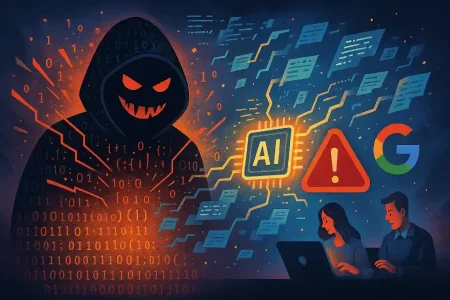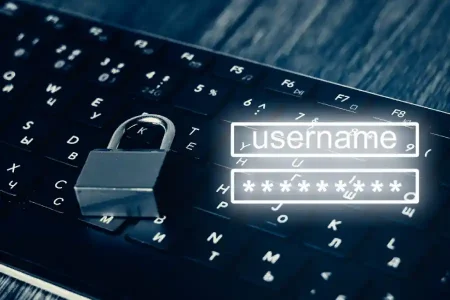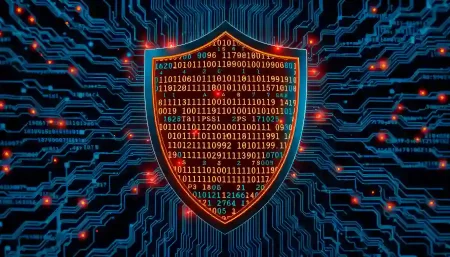Learn how to safeguard yourself and your organization from phishing attacks.
Phishing scams are a rather widespread disease in the digital environment; the goal is to deceive users to surrender their personal data. Though cyber criminals mainly use e-mail, they also use SMS (smishing) or voice phone calls (vishing) and target through social sites. These attacks do not just affect the person and their safety but are very dangerous to organizations and their information.
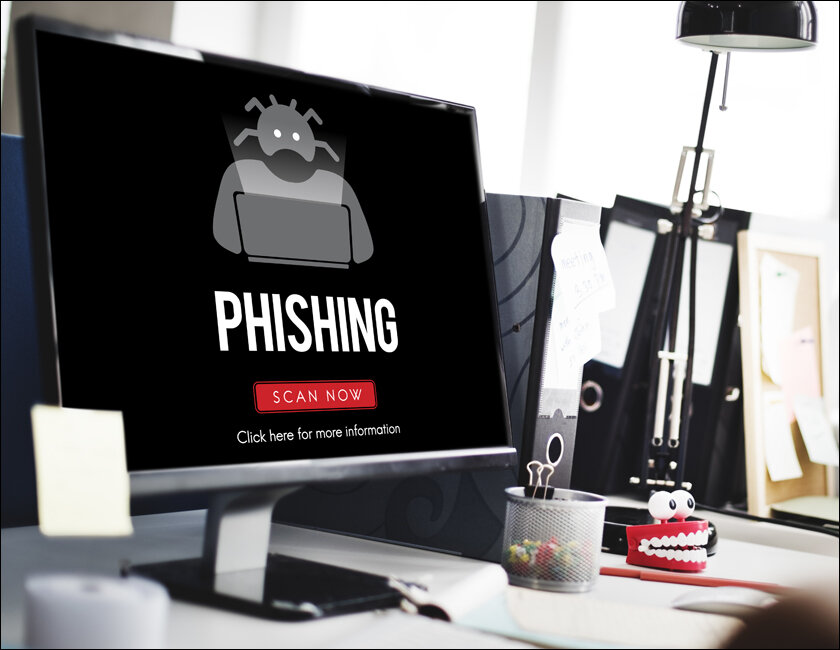
What is Phishing?
Phishing is one of the common cyber attack techniques, it is basically a trick wherein people are conned into revealing their personal data including but not limited to passwords, credit card data and the likes. This is done by making the victims believe that the messages or calls are genuine and from the organizations or companies they work for or are affiliated to. Due to the nature of phishing and the ease with which perpetrators can execute attacks, phishing remains rife across the internet, and this requires that everyone who uses the internet to be cautious.

Types of Phishing Attacks
Among the major types of phishing attacks, email phishing is by far the most prevalent, where an attacker sends an email that looks like it has been sent by a genuine organization. The aim is to make the recipient open links or download an attachment with the intention of embezzling their identity or to infect a computer with a virus.
Spear phishing is more specific and focuses on specific people or companies. These attacks are targeted; the criminal uses personal information of the target to make the attack more believable. The attacker can begin to prod them for information of the target’s workplace, co-workers or recent endeavors to gain the target’s trust and then solicit information from the target.
The whaling attacks are a type of spear phishing, and the ultimate target is high-profile business personalities such as a CEO or CFO. These are advanced phishing tactics meant to acquire significant insight into a firm’s network. Whaling emails are usually pitched in a manner that copies legal summons or other critical business decisions that require the recipients’ immediate attention.
Pharming leads users to fake websites with the help of malware or infected DNS.
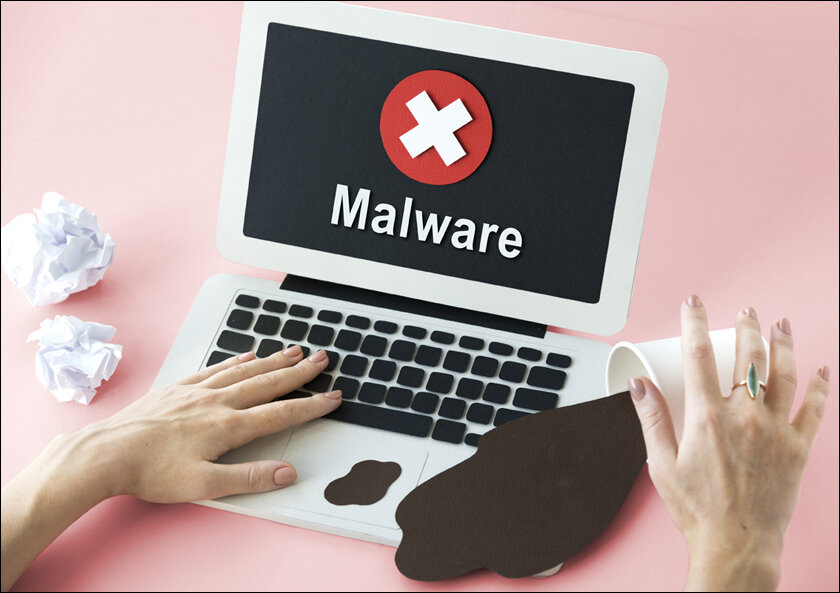
Phishing Attack Techniques
Social Engineering
This is a process where an attacker tricks people into providing information to the attacker. The attacker pretends to be trustworthy figures or organizations. They might create believable emails, messages with requests for personal information, which will assure the victim or even threaten victims to share personal information such as passwords, bank account details, etc.
Malware
Often, phishing emails are attachments or links that, when opened, transmit malware to the victim’s device. Malware can also be spyware, ransomware or trojans that are intended to attack the system security. They occasionally remain dormant, constantly gathering important data or destroying data without drawing the user’s explicit attention.
URL Manipulation
Another common tactic used by phishers is URL manipulation in which the actual URL of a given site is manipulated to resemble another site. Phishers modify URLs by appending or removing characters or replacing them with other characters. These sites are usually created to mimic the real company site with the intention of the users to type in their personal information or get infected with a virus.
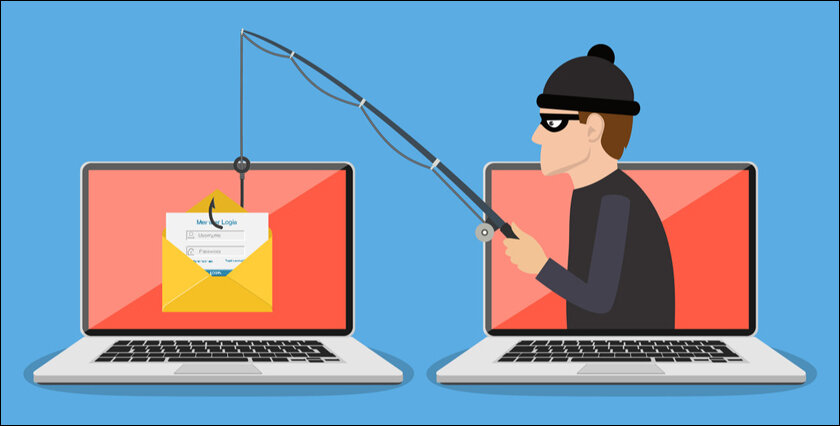
Tips to identify a phishing email
Unusual Sender Address
The first major indicator would be a sender address that appears to be strange or unrelated to the domain of any credible organization. Such addresses might have spell errors or characters that can be missed. Never reply to an email or act on the contents of the email such as clicking any links before confirming the authenticity of the email address of the sender.
Urgency
The attempts at phishing often employ a message that puts pressure on the recipient to take action and, often, take it hastily. The email may look like it is from a well-known company or organization and claim your account is at risk. They may say things like ‘Your account has been deactivated’ or ‘Please update your information to fix a problem immediately’. This strategy is used hoping to make the recipient take some measure without a proper analysis of the steps.
Suspicious Links
The other common clues that one should look out for are links included in the e-mail message. These links may redirect to the login pages or other sites that require your personal information. If you are in doubt of the website you are going to visit, you can simply hover your mouse over the link and wait to see that website’s URL before actually clicking on the link. If when reading the address one is tempted to ask, ‘why is this address looking like this,’ or if one gets an email from a sender that has nothing to do with the company in question but has a slightly similar sounding name, the link might be a phishing link.
Phishing attacks continue to evolve, becoming more sophisticated with each passing day. The key to cyber defense is continuous education and proactive prevention. Stay safe by being aware and prepared.
In case you missed:
- None Found






